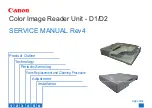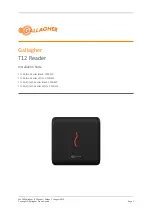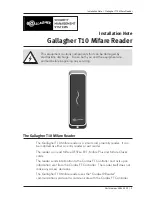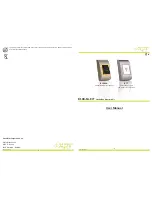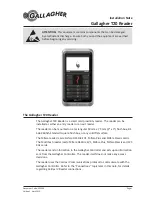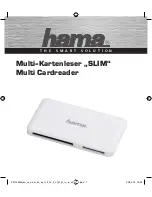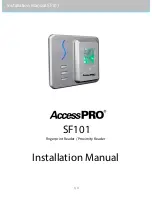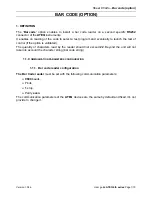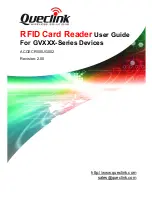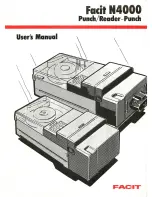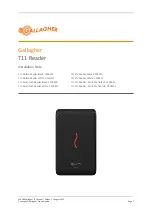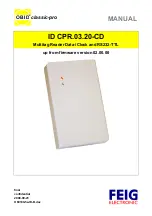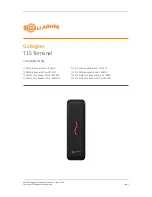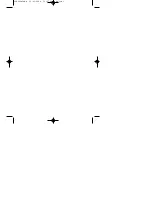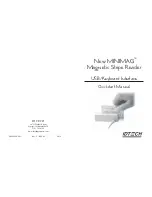
Configuring RAID devices
This chapter describes how to configure SAS and SATA RAID devices, and includes these topics:
Topics
Maximum hard drive configurations
Configuring SATA RAID devices
Configuring SAS RAID devices
For additional information about configuring RAIDs, see
http://www.hp.com/support/RAID_FAQs
. For
information about preparing the workstation for RAID configuration, see
http://www.hp.com/support/
workstation_manuals
.
Maximum hard drive configurations
This section lists the maximum number of hard drives supported on HP workstations for RAID
configurations.
NOTE:
This section applies to internal workstation configurations that do not use add-in cards and
JBODs.
TIP:
Use the table values to determine workstation-specific maximum number of hard drives as
discussed the sections below.
Table 7-1
Maximum hard drives
Workstation
SATA hard drive
SATA SFF
*
hard drive
SAS hard drive
Z800
5
6
5
Z600
3
4
3
Z400
4
4
4
*
Small form factor hard drive
ENWW
Maximum hard drive configurations










